Eric Esterle is a freelance photographer and two time award-winning photographer for the U.S. Federal Government who photographed many U.S. public figures at events as well as in the studio.
His wildlife photo won the National Geographic’s “Project Noah” Top Spot award, used in book and calendar prints by Capture Maryland Outdoors, and shared on Twitter to over a half-million users.
To see more of his work, follow him on 500px, visit his website, or show him some love on Twitter and Instagram.
Last year I photographed one of the most memorable and appreciated moments of my photography career. The shot is a “portrait of a lion” I titled “Eyes Water”—I’ll explain more on this later.
Since capturing this moment, actually series of moments, I’ve kept a bit quiet where I’ve photographed it. But after being contacted by 500px, I knew there wouldn’t be a more appropriate platform to explain more about this shot, how I photographed and processed it, and where the image was taken.
The Shot
I may have well been on safari at a watering hole in Africa, but I wasn’t! “Eyes Water” is a portrait of an adult male African lion named Luke. Luke is perhaps the pinnacle of The Smithsonian Institution’s National Zoological Park for conservation of threatened animals.
For almost 7 years now I have frequently traveled down to Washington, D.C., to the Smithsonian mainly to photograph these great cats. In that time, I’ve never encountered such an amazing moment as I did on April 14, 2014.
On this day, I was testing a new lens and camera body. When I approached the Lion from the observation area his head was almost completely submerged below the water’s surface. As I raised my camera and composed the shot, Luke simultaneously raised his head out of the water in my direction. As I began to fire off continuous shots the sound of my shutter focused Luke’s attention on me.
Through the lens, I felt his stare; it was powerful enough to make me stop shooting, and for that moment, time seemed to pause and nothing else existed but this massive imposing lion intensely staring back at me as if to my soul.
I truly felt amazed and minuscule by the power of this animal. I watched the rest of his intrigue and facial expression not through my lens, but peering around the side of my camera still holding it as if I were shooting. It was the first time anything has ever made me stop shooting. It was such an unforgettable moment, something I am lucky to have been a part of. I will never forget.
“Eyes Water” is frame “_DSC0312.NEF” from a series of about 11. I don’t regret that I stopped shooting to be a part of a moment instead of just observing it. I am too often guilty of hiding behind my camera.
Post-Processing
Processing “Eyes Water” was actually quite minimal. One of the things I was looking for is to capture the facial expressions of the lion. Since I wasn’t in an overtly picturesque and completely natural safari setting, I needed to get in close, which is why I cropped the image in the way that I have.
I used Adobe Lightroom as my RAW interpreter, making adjustments to the RAW file neutrality in Contrast and Clarity, corrections for softness and color, vibrancy, and applied a default lens profile correction, which had a minimal affect at 400mm. No noise reduction was performed whatsoever in order to maintain the crispness of the lion’s mane and facial hair.
For adjustment comparison reference the RAW NEF file next to the JPG for comparison at 100%.
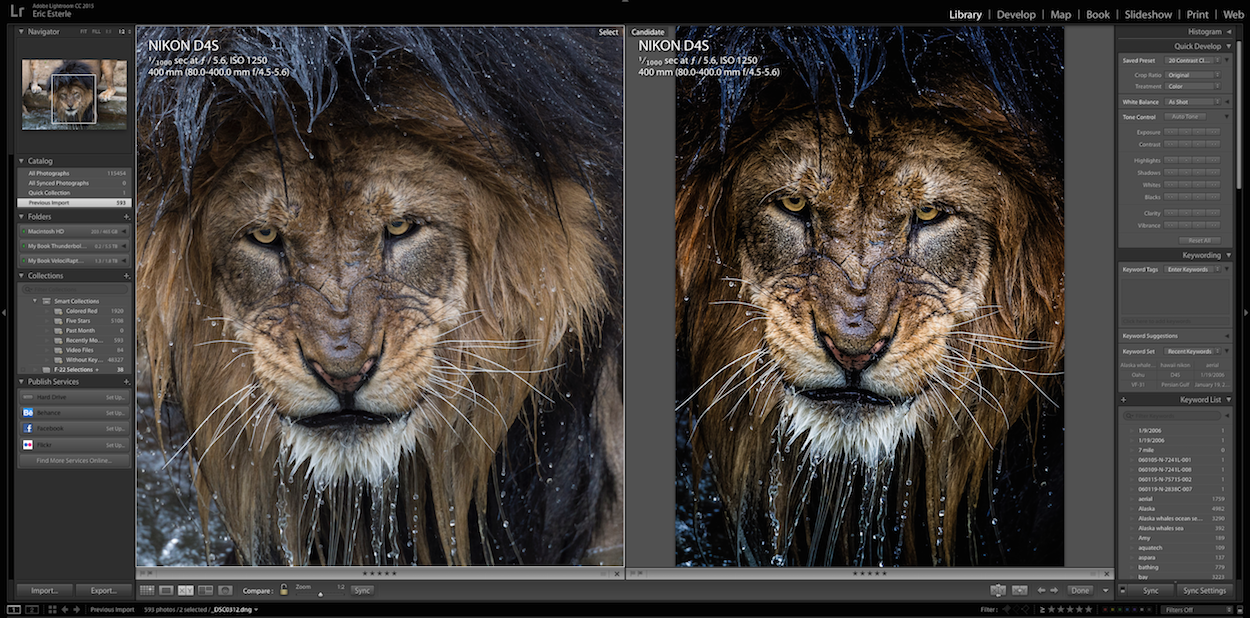
Details
So why did I name it “Eyes Water”? There are actually 2 reasons for this, the first being that after this encounter I really felt as if I had “shared” a moment with this majestic creature and “my” eyes were actually watering a bit. I was not crying, for the record…
Second, if you look at the frame at 100%, there is a splash of water right below the lion’s right eye (our left) which looks like a tear. “Eyes Water” just “felt” like the right name. I think this is a very personal shot and people can identify with it. I have to say, some of the Reddit commentary was absolutely priceless!
While I knew what shot I was looking for, it took the pursuit of an idea for almost 7 years, and one moment when everything aligned and came together. Once this shot started becoming more popular, one of my concerns was how people were going to identify with it from the perspective of where it was photographed.
Because it wasn’t photographed on safari or in a more “exotic” location, I wanted to be careful with how its association was used. You will hear me refer to the Smithsonian Institution and their National Zoological Park because using the word “Zoo” doesn’t accurately portray everything the Smithsonian Institution does for conservation, education, and sustainability, but also animal care and furthering the science that is critical for the future success of our planet’s natural resources and animal inhabitants.
I consider myself a concerned human and highly recommend visiting the Smithsonian and joining its Friends Of The National Zoo, or “FONZ,” to enable its commitment to providing leadership in animal care, science, education, and sustainability.
When this image first started getting shared online I was concerned about copyright, but the more I thought about it, the more I realized I had a perfect opportunity to perhaps share some education as well. I am really grateful for the opportunity to share this image with the world. Thank you all for the support.
Gear and Settings
Equipment:
- Nikon D4s
- AF-S NIKKOR 80-400mm f/4.5-5.6G ED VR
Shot Details:
- Capture Date: 4/14/2014
- Format: 14 bit RAW (lossless)
- Focal Length: 400mm
- Aperture: f/5.6
- Shooting Mode: Shutter Priority
- Shutter: 1/1000 s
- ISO Sensitivity: 1250
- Exposure Compensation: 0
- Shooting Mode: AF-C (continuous)
- Focus Mode: Group Area – Phase Detect (51-point)
- AF Fine Tune: Off
- Metering: Center-weighted average
- White Balance: Auto
- Color Space: Adobe RGB
Comments:
Normally I use only primes, like my 400mm f/2.8, or either my new 800mm or 600mm that I will be purchasing in the near future. However, you need mobility in an environment like this so a tripod is out, and a monopod can even be restrictive so a zoom while not ideal is flexible. I still prefer true primes though…

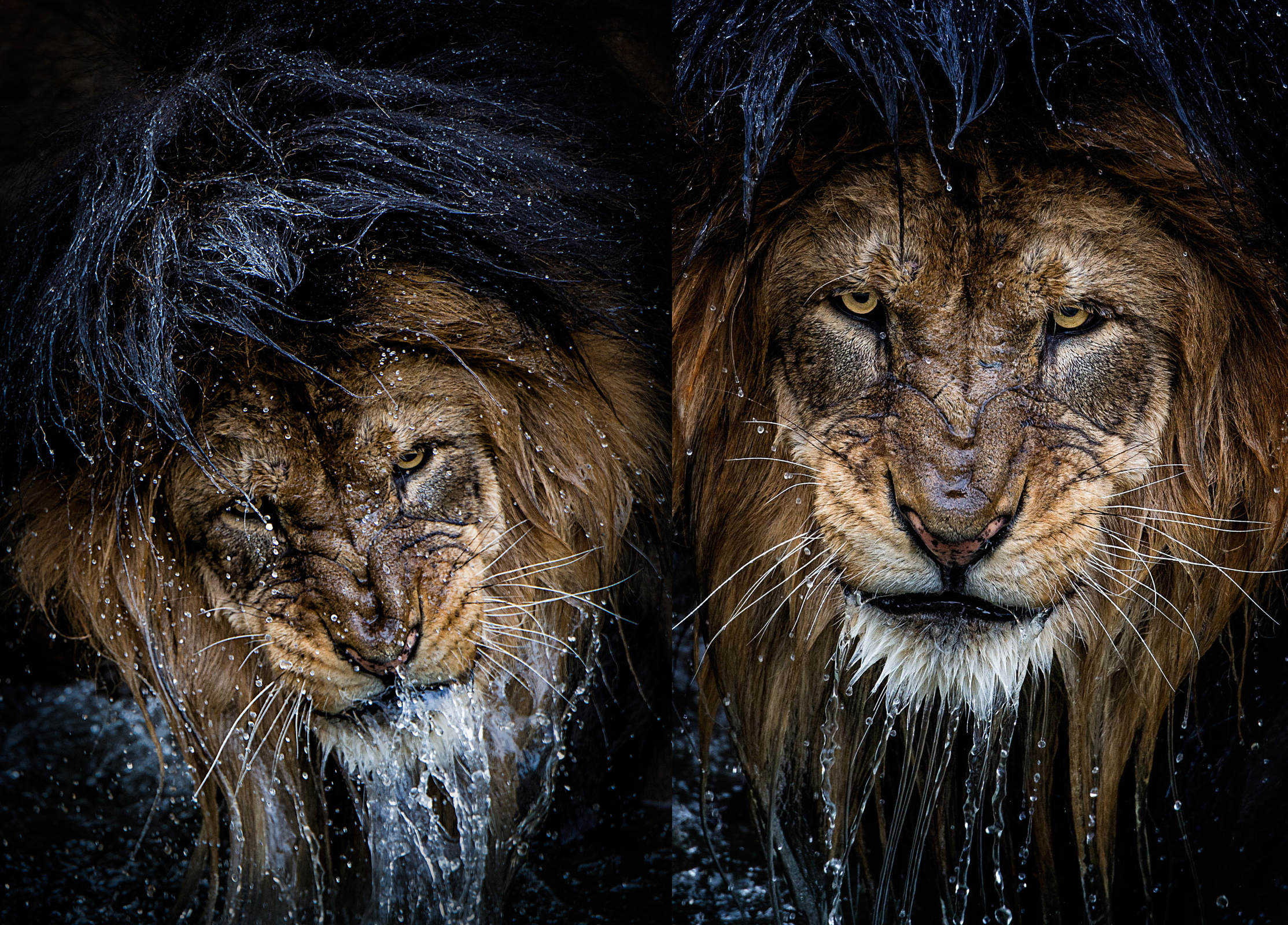


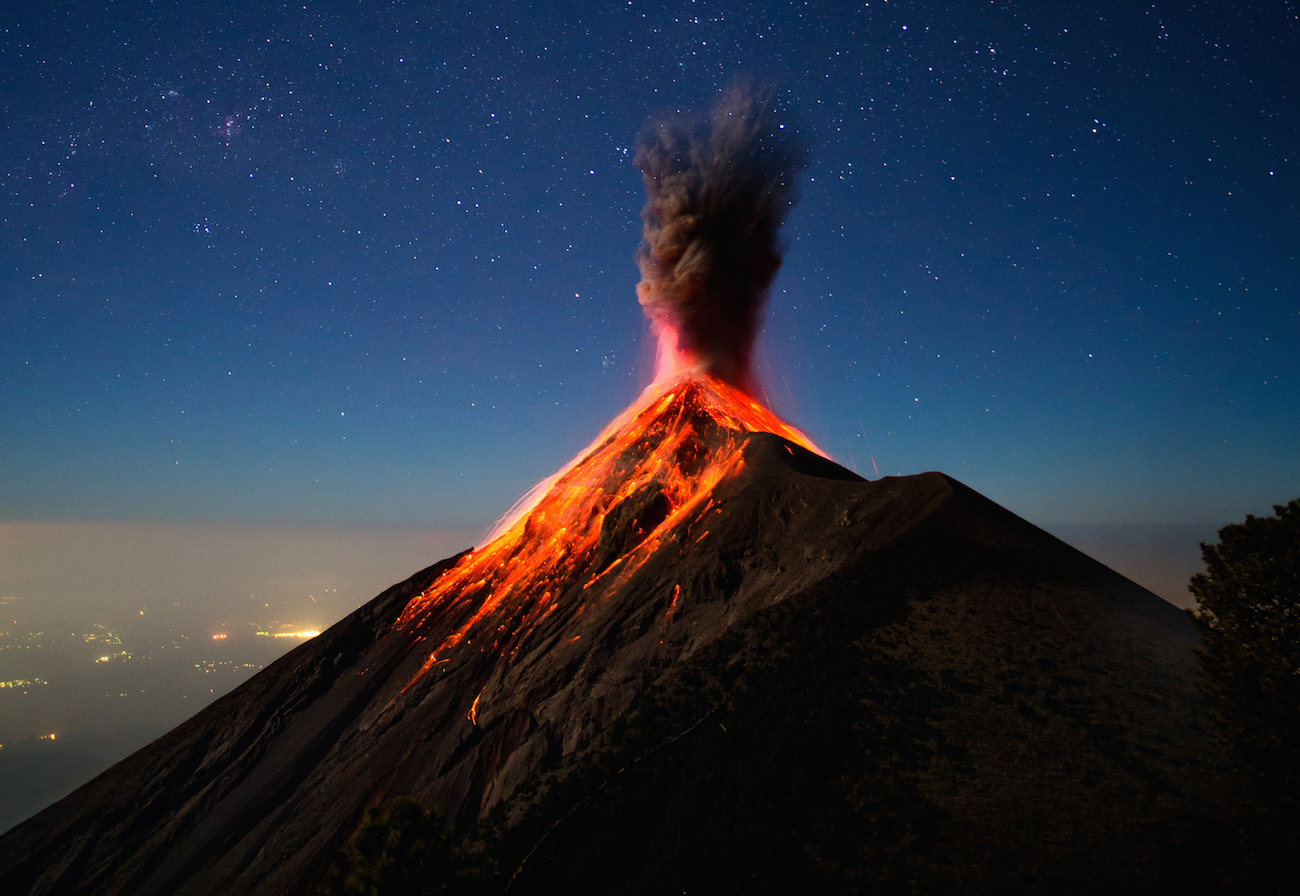
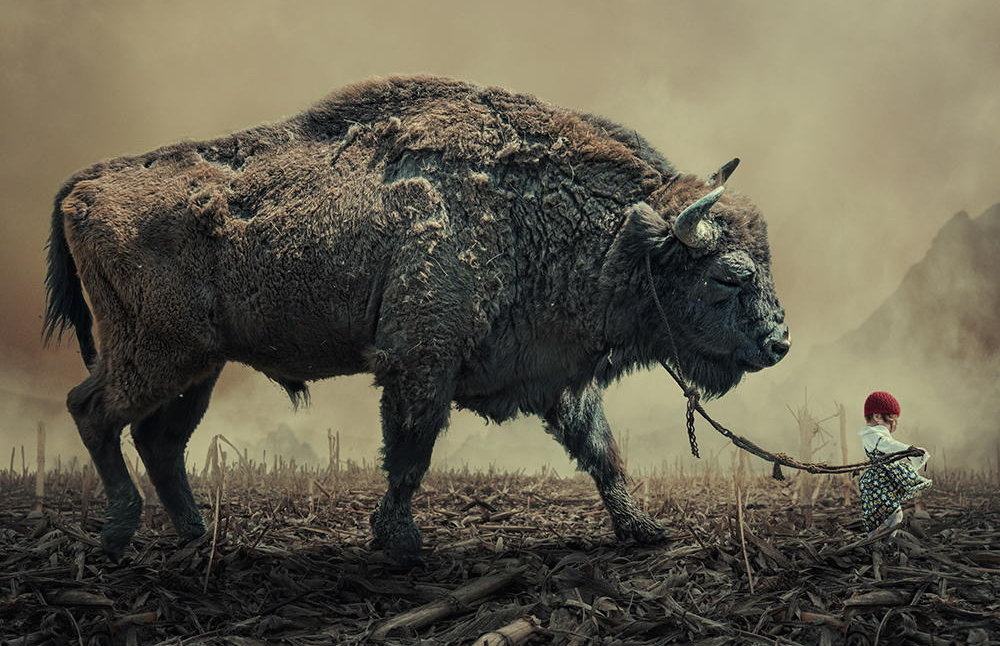

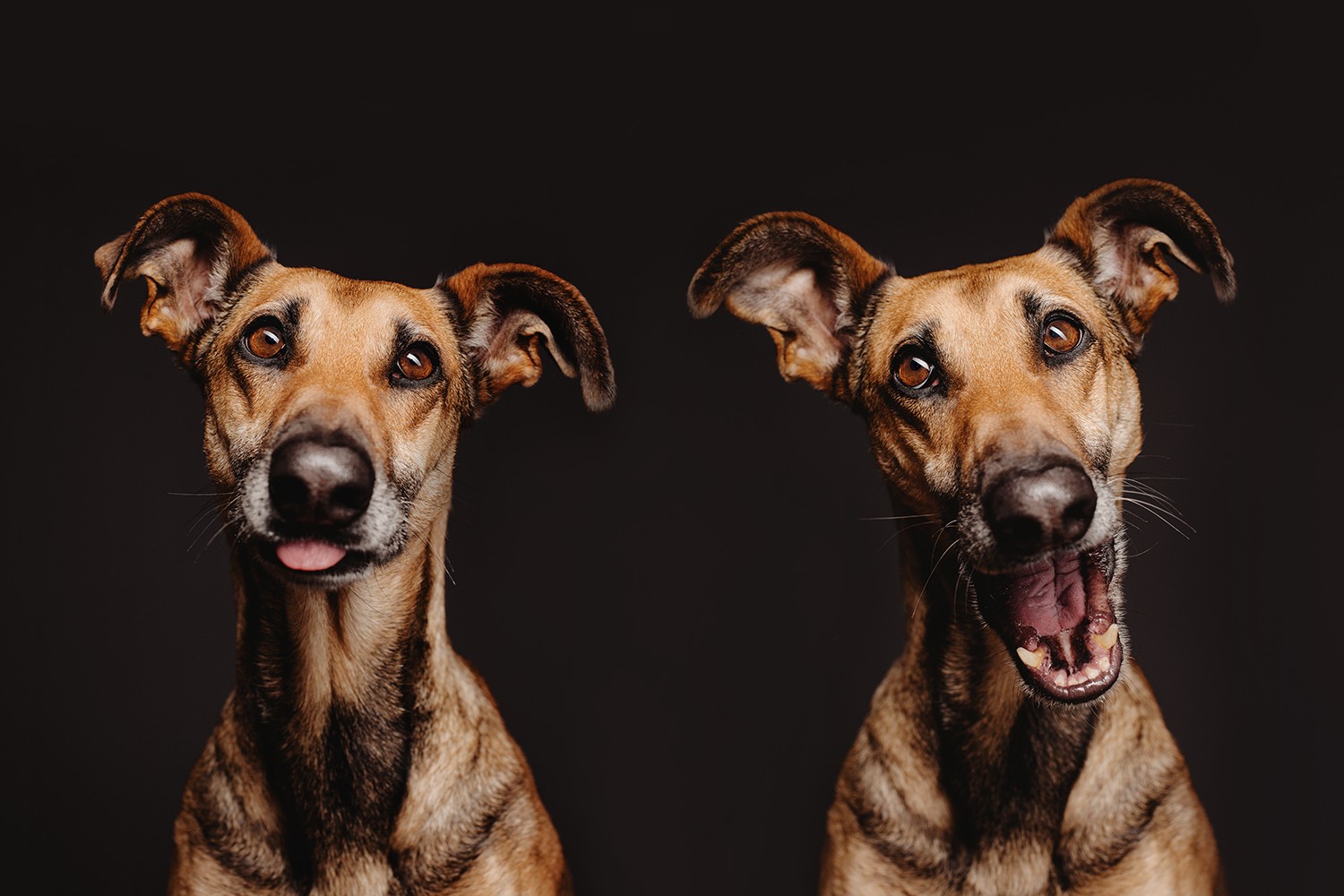

Leave a reply